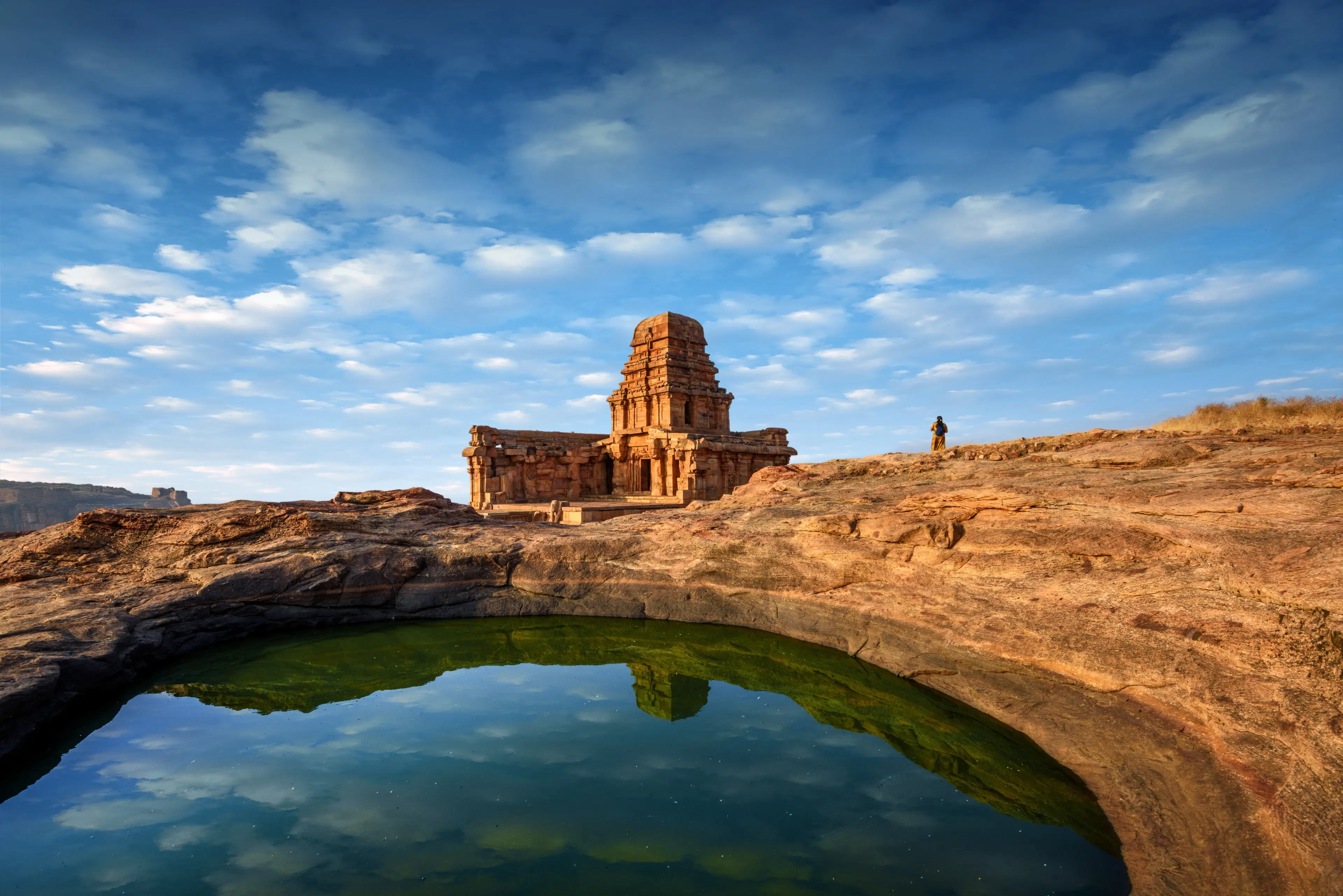
Flights
•03 min read

What if we told you that the idea of protecting the world’s most treasured sites began with a single, groundbreaking declaration? The tale of the first world heritage site in the world is woven with cultural preservation, global unity, and enduring historical significance. This exploration takes you on a journey from the inception of the UNESCO World Heritage Convention to the legacy left by the pioneering heritage sites that continue to inspire modern preservation efforts.
UNESCO has long been the guiding force behind cultural and natural preservation. A World Heritage Site is designated based on its "Outstanding Universal Value," a principle that ensures humanity’s most cherished landmarks are protected. These sites, whether rich in cultural history or natural beauty, symbolize our shared heritage and stand as pillars of global unity. The rigorous selection criteria set a precedent that has shaped the future of heritage conservation worldwide.
The birth of the World Heritage Convention in 1972 marked a decisive step towards safeguarding sites with exceptional significance. With this convention in place, the world watched as historic sites were celebrated and preserved for coming generations.
The year 1978 holds a special place in history as it witnessed the official recognition of the first world heritage sites. In that landmark year, UNESCO introduced an inaugural list that comprised 12 sites, each representing a unique facet of our shared cultural and natural legacy. These early selections were not only symbolic but also set high standards for all future designations. According to UNESCO records, these sites were chosen simultaneously, reflecting a commitment to both cultural and natural preservation.
The determination of the very first world heritage site in the world is nuanced, given the simultaneous inscriptions of cultural and natural landmarks. Among these early sites, the Galápagos Islands and the City of Quito emerge as exemplars, each embodying the essence of preservation. The Galápagos Islands, often celebrated for inspiring groundbreaking scientific theories, and the City of Quito, recognized for its impeccable historical and architectural splendor, perfectly encapsulate the unprecedented vision of early heritage conservation efforts.
The symbolic choice of these sites underscores the commitment to preserving both the natural world and human achievements. Their recognition laid the foundation for a global movement that continues to emphasize the need to protect our past in order to enrich our future.

The impact of the inaugural heritage sites is felt even today. Their designation inspired nations across the globe to reconsider how they value and protect their unique landmarks. Over the years, this program has burgeoned, now celebrating over 1,100 sites worldwide (according to UNESCO 2023 data). From ancient monuments to breathtaking natural landscapes, the world today is a tapestry of preserved legacies that educate, inspire, and mobilize communities worldwide.
These early sites serve as a reminder that every journey, every exploration, begins with recognizing the value of our history. Just as Tata Neu Travel simplifies and enriches travel experiences by integrating loyalty perks like NeuCoins on bookings (1 NeuCoin = 1₹ saving), priority check-in, exclusive member deals, and premium services tailored for every traveler, the first heritage sites remind us that every great journey starts with a single step of preservation and respect towards our past.
Insight Corner: The Pioneering Spirit of the First Heritage Sites
The Galápagos Islands not only provided the backdrop for Charles Darwin’s theory of evolution but also became one of the pioneering heritage sites that underscored the importance of natural conservation. Similarly, the City of Quito shines as one of the best-preserved cultural sites in Latin America, reflecting the beauty and evolution of Spanish colonial influences.
This blend of cultural and natural significance in the inaugural list emphasizes a dual narrative: the celebration of both human ingenuity and the marvels of nature. While challenges in preservation have been immense, the pioneering efforts established enduring standards that continue to guide global preservation initiatives.
The first list of UNESCO World Heritage Sites was declared in 1978 and included 12 remarkable sites that showcase both cultural and natural excellence.

The City of Quito in Ecuador is celebrated as one of the first cities declared as a UNESCO World Heritage Site in 1978.
Australia’s inaugural World Heritage Site is Kakadu National Park, renowned for its spectacular landscapes and cultural heritage.
The initial UNESCO World Heritage Site list was officially announced in 1978, marking a major milestone in global heritage preservation.
Today, there are over 1,100 UNESCO World Heritage Sites recognized for their cultural, natural, and mixed values, representing a global commitment to preserving our shared heritage.
The exploration of the origins of the first world heritage site in the world reveals an inspiring journey of commitment, innovation, and preservation. From the early days of the UNESCO World Heritage Convention to the lasting legacy of the pioneering sites, the story reminds us of the importance of safeguarding our cultural and natural treasures for future generations. Just as every journey with Tata Neu Travel promises simplicity, luxury, and enriching experiences, the journey of heritage preservation continues to inspire and unite us all.